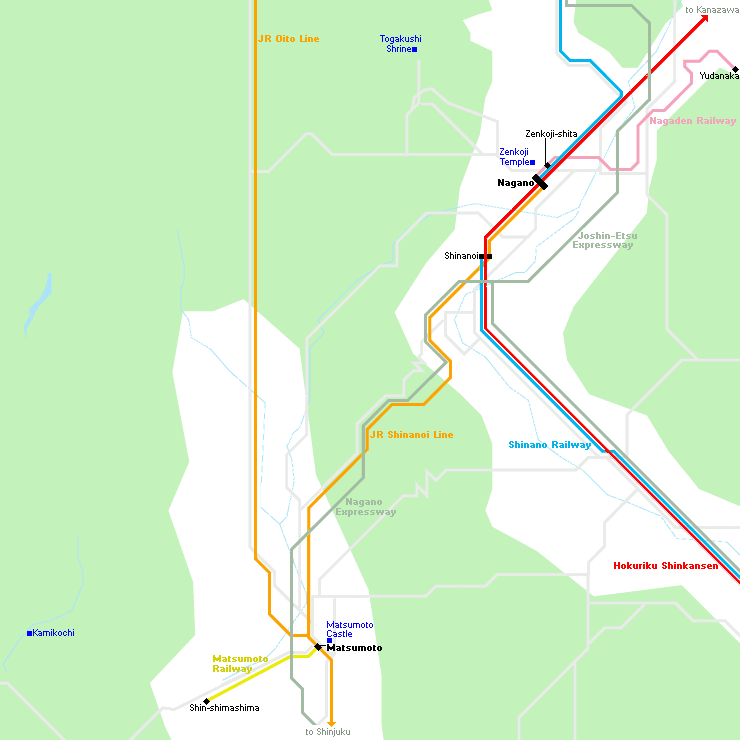
Kamikochi in a nutshell
Closer down to earth, cities like Nagano and Matsumoto offer different charms. The former is home to Zenkoji Temple which is an important Buddhist temple in the country, and the latter is a castle town and has Matsumoto Castle, an original castle that has remained and been preserved since it was constructed.
For this early summer Solo Female Travel report, I headed to Nagano Prefecture on an overnight trip. I knew that I wanted to do some hiking as the prefecture is pretty much one huge hiking wonderland with all those mountains as well as visit some cultural sights in the cities. My two-day itinerary started in Nagano city where I visited Zenkoji Temple, then headed to Togakushi Shrine about an hour away at the base of the Togakushi mountain range. On the second day, the first half was spent in Kamikochi, and the second half in Matsumoto.
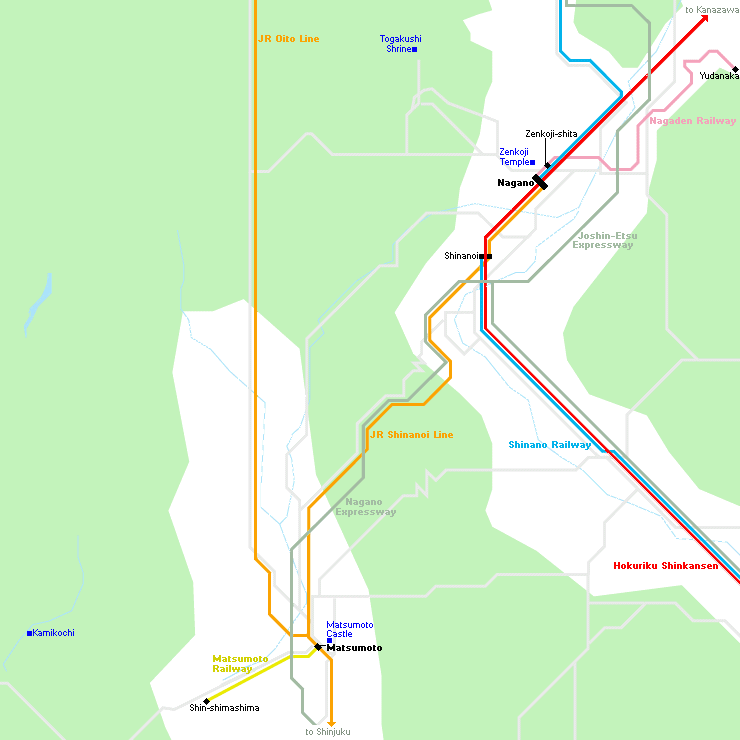
Day 1
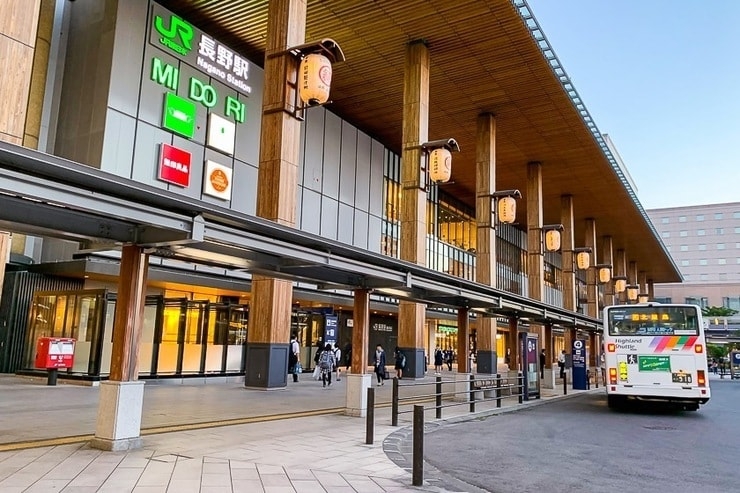
Nagano Station
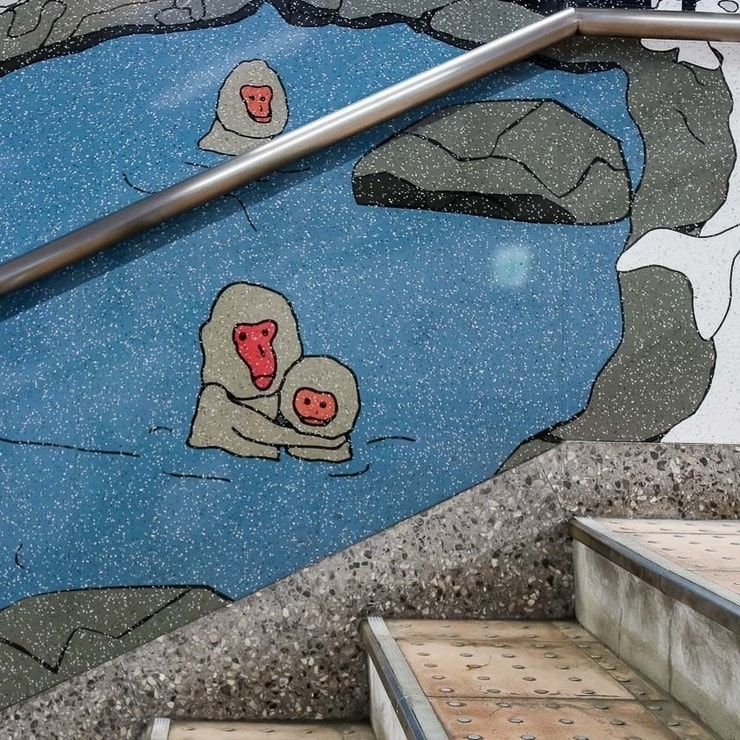
Draw us like two frightened monkeys in a hot spring bath
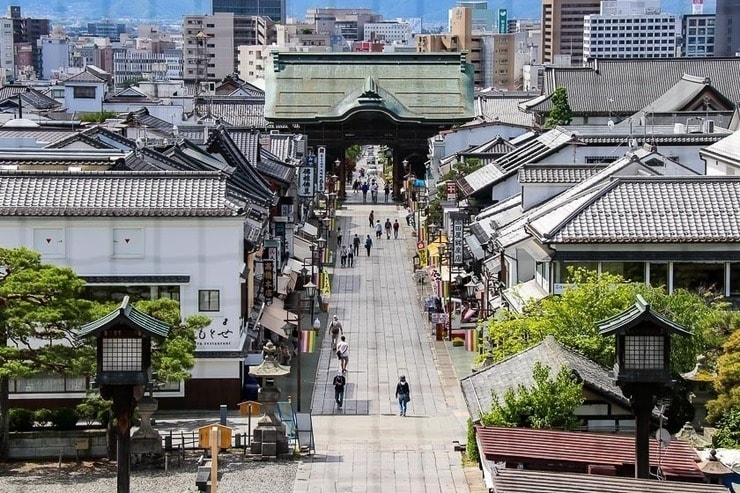
Looking down the shop-lined approach from the Sanmon gate
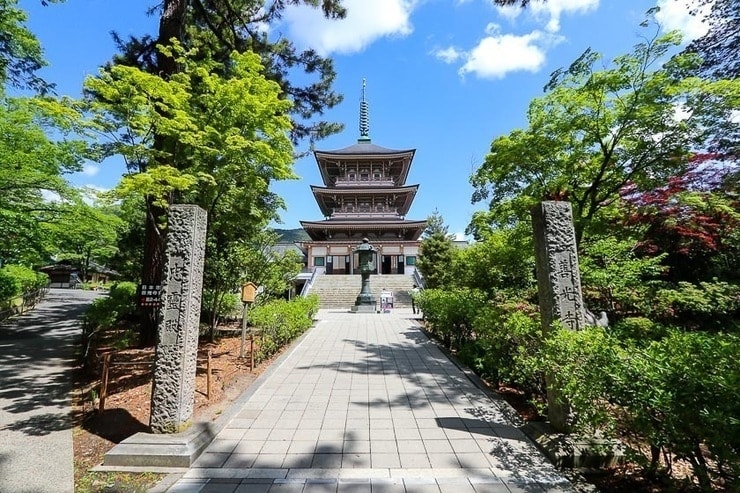
Pagoda and history museum in the basement
To the right side of the main hall, there were a flight of steps going down into the darkness. This step into absolute darkness leads directly under the main statues of worship, and along the way there is a lock which symbolises the doorway to paradise and connects those who find it with the enshrined Buddha.
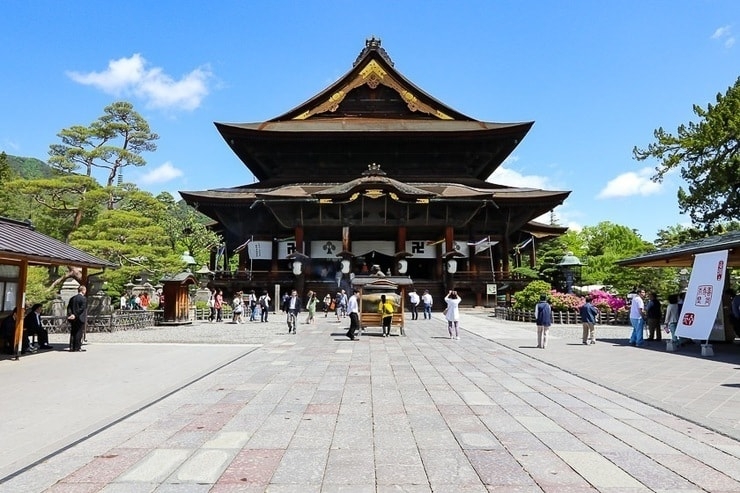
Zenkoji Temple's main hall
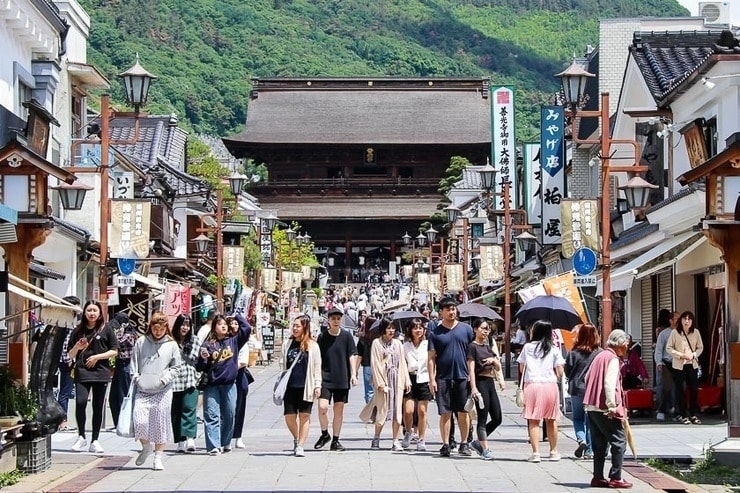
Felt like I walked into a music video
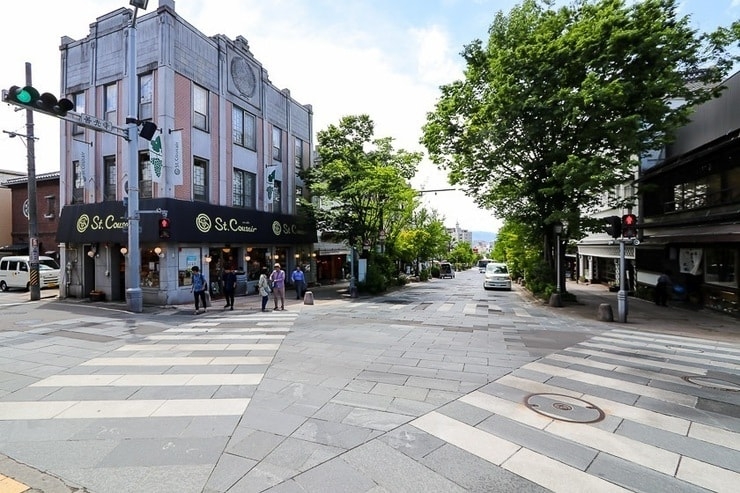
Where temple approach meets main shopping street
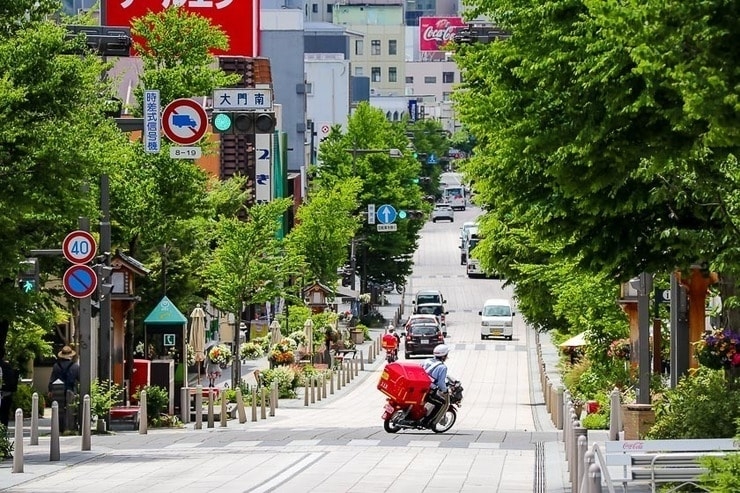
Main street where I caught the bus to Togakushi
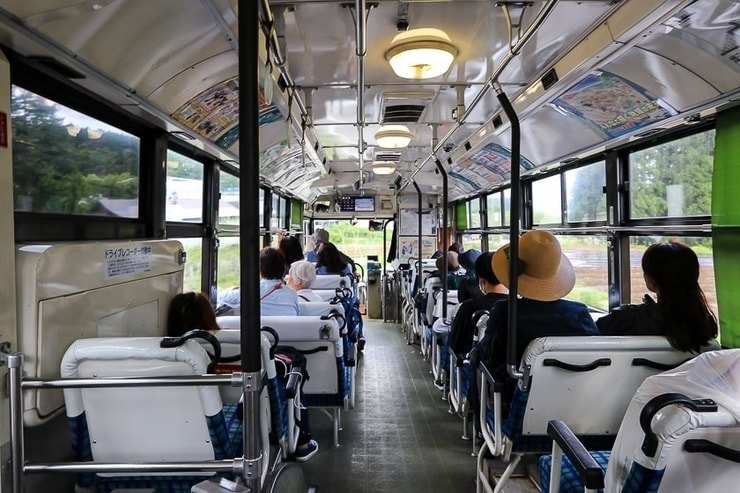
All aboard
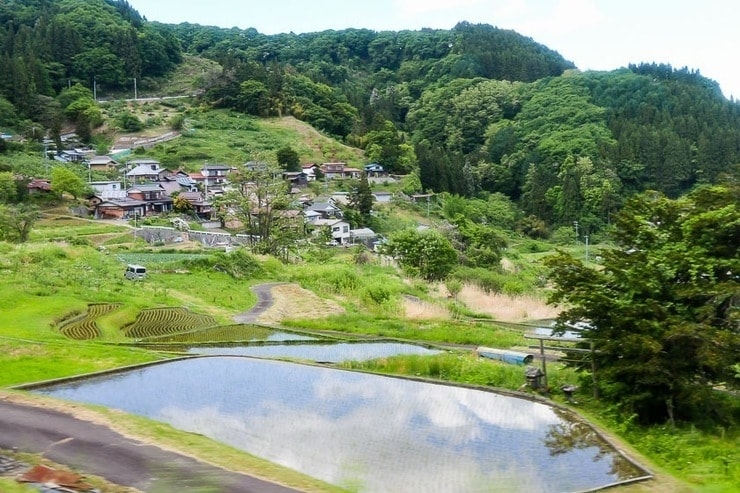
Hurtling very slowly past a small village
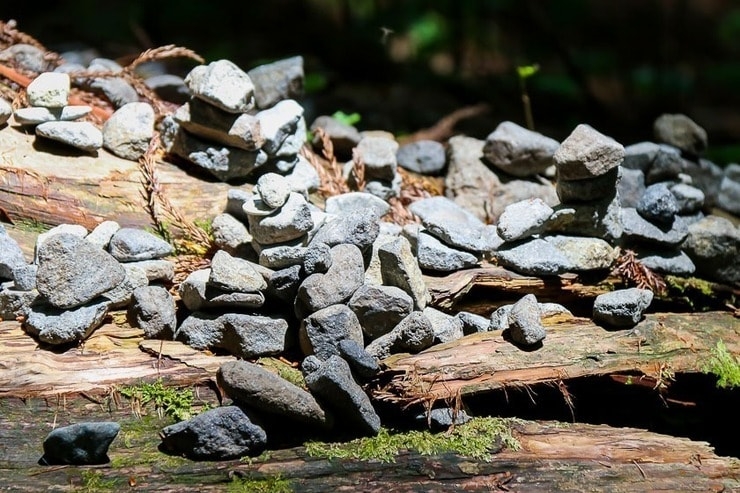
People seem to like stacking stones in spiritual places
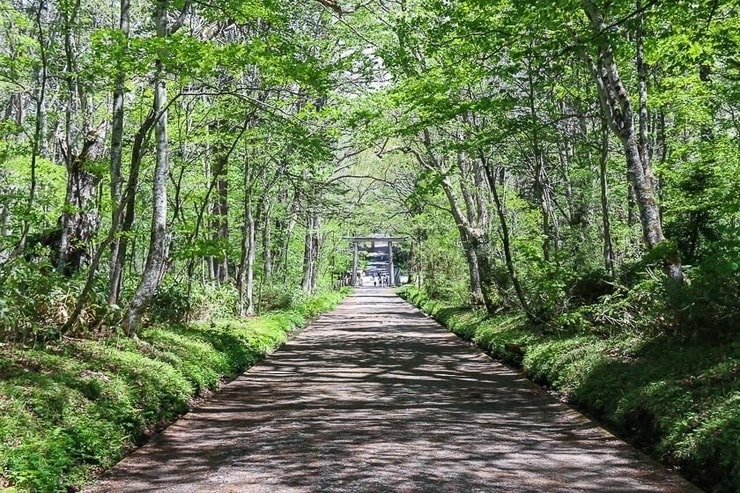
Green's the word
Just when I was starting to think that it was taking forever to get to the Okusha, I spied the final flight of stairs to the shrine building. It was definitely a welcome sight, and I took some time to rest and check out the simple shrine buildings. A hiking trail continues from the shrine office into the Togakushi mountain range, but I decided that it was not for today.
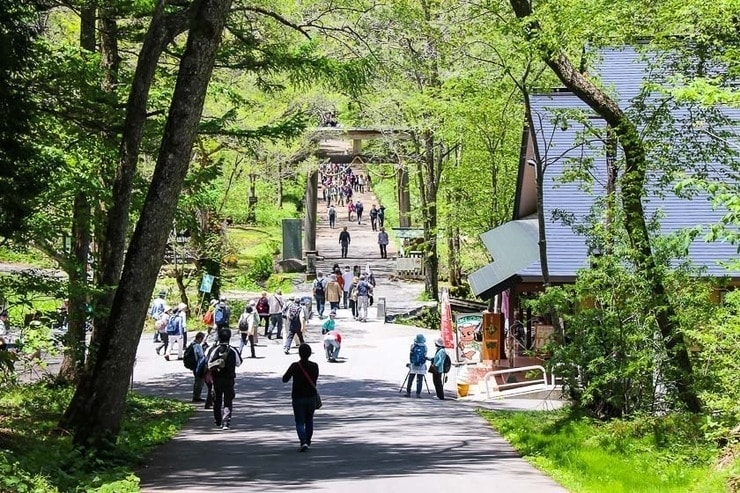
The start of the approach to Okusha is not far from the bus stop
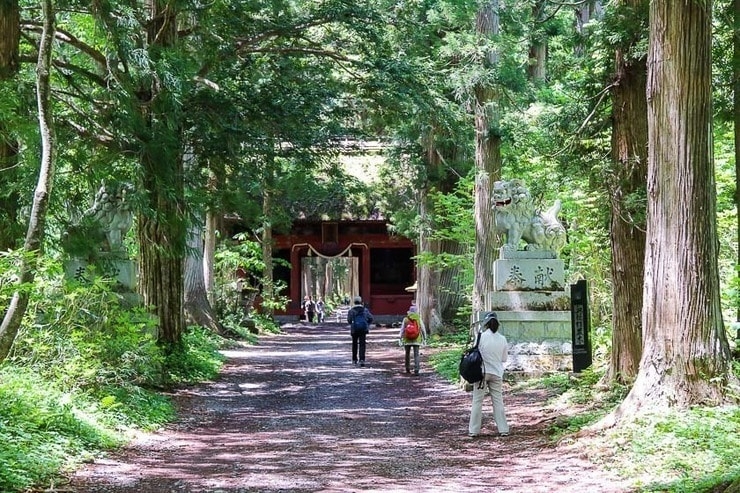
Still feeling pretty fresh at this point
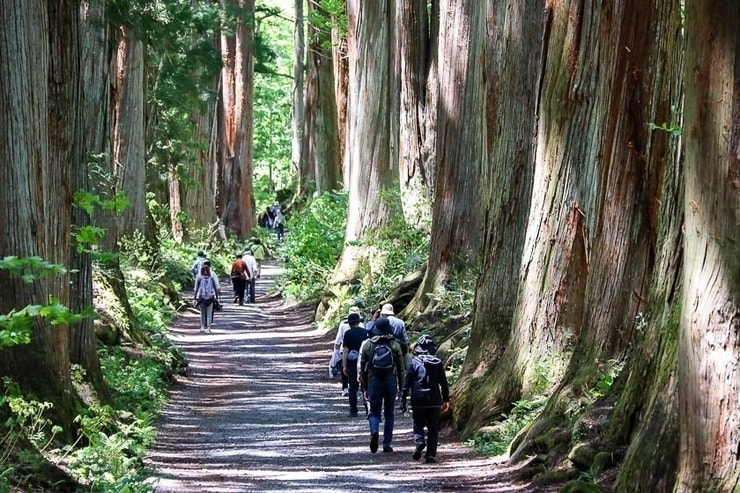
Plenty of people, even the old ones, do this walk
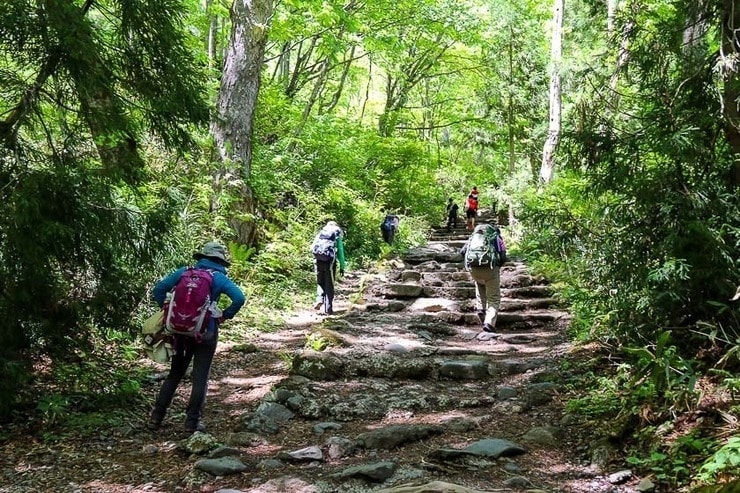
Starting to feel the burn here
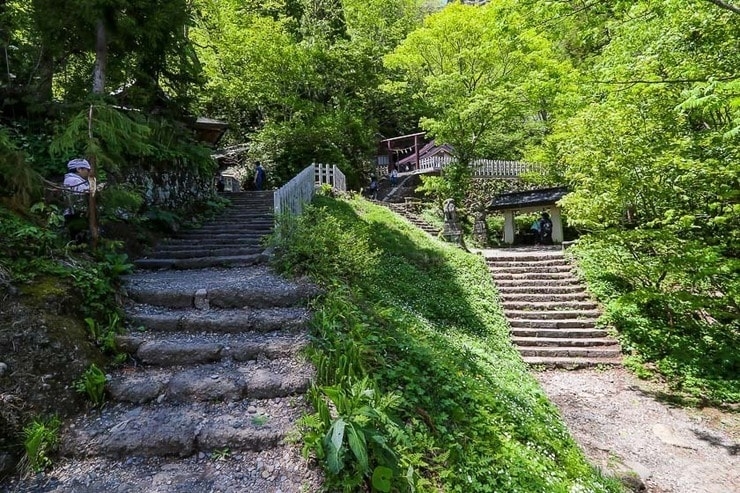
Hurrah! The stairs that lead to the two shrines: Okusha on the right and Kuzuryusha on the left
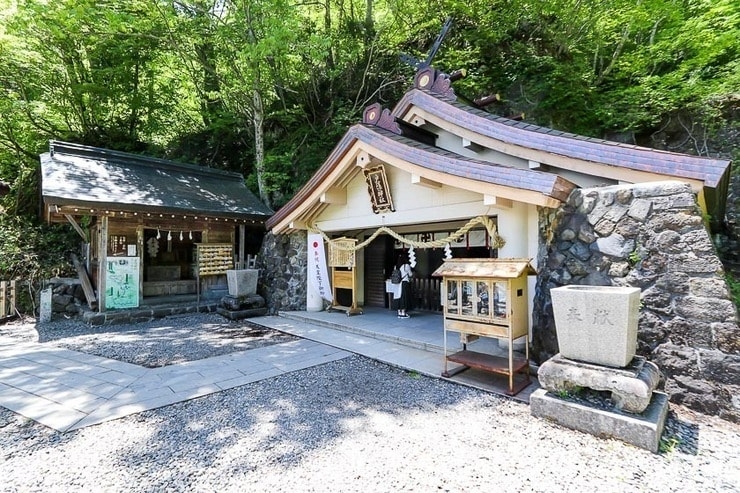
The interior of Okusha was very sparse
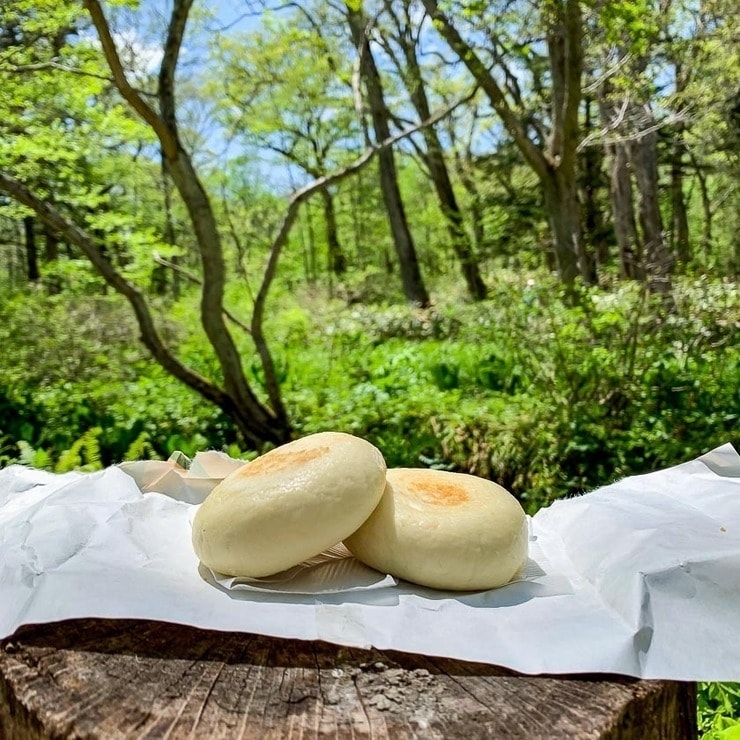
Keeping it historical and true with my oyaki, while watching others enjoy delicious ice cream from the shop nearby
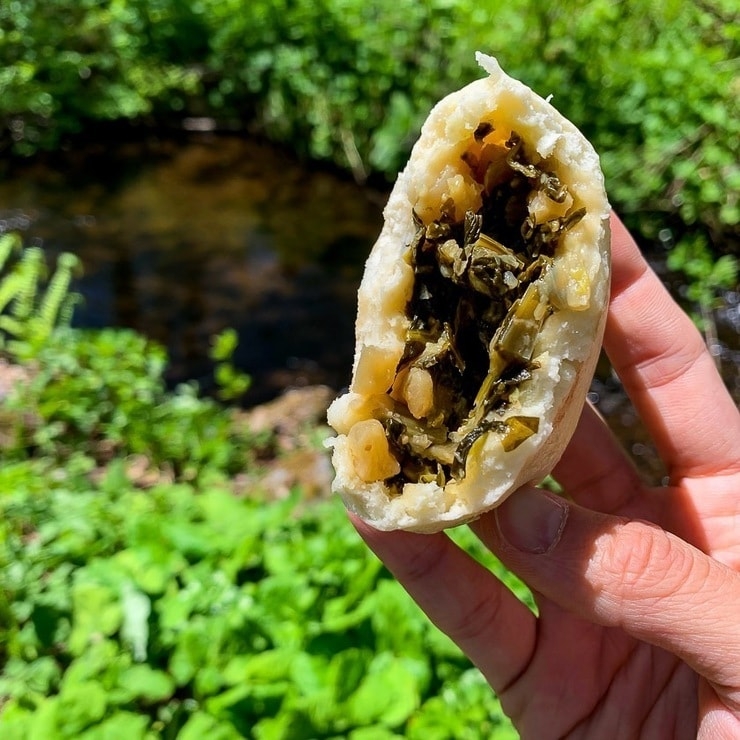
This was the local nozawana pickled vegetable filling
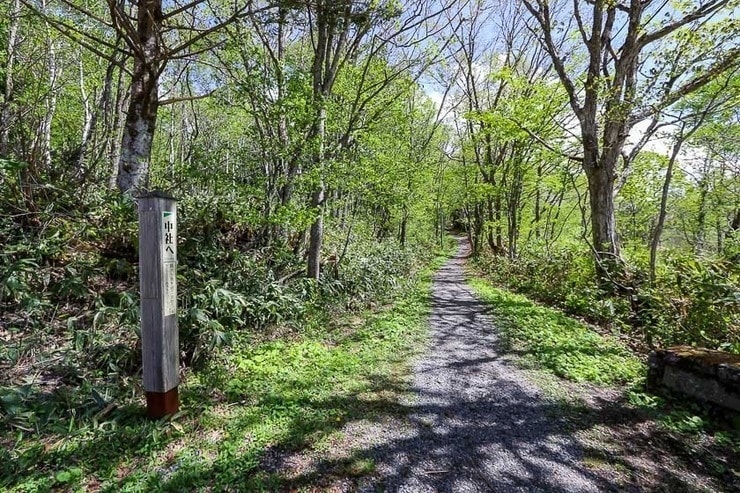
Foresty trails
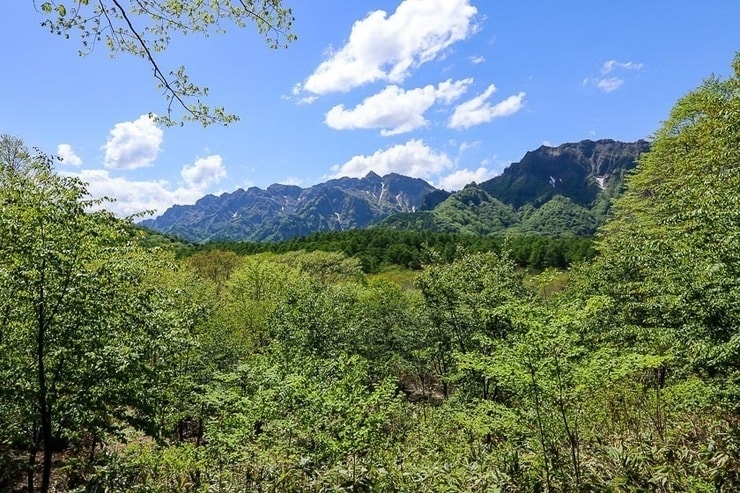
Togakushi mountain range. I've seen pictures of a hike here that look pretty epic, and I want to try that next time
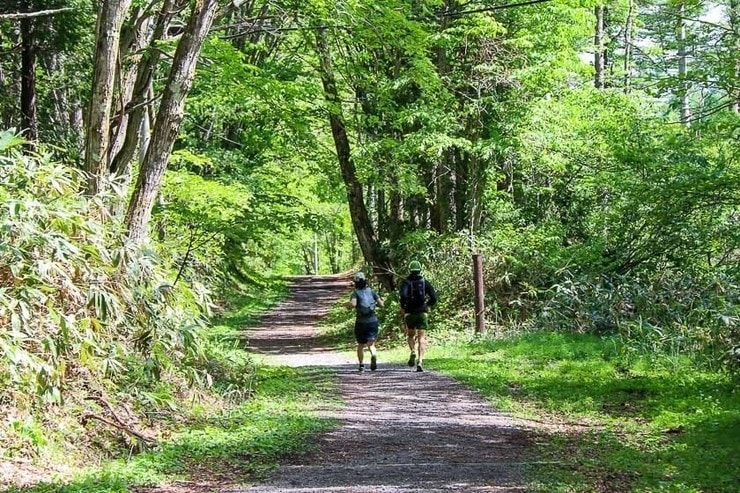
Trail runners
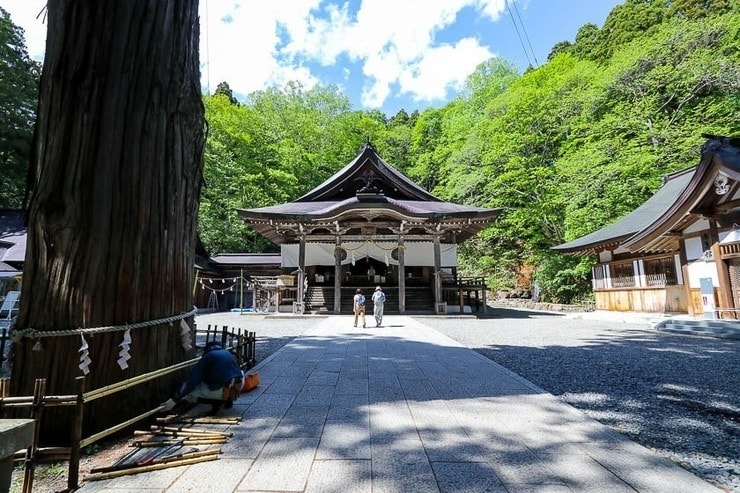
Chusha
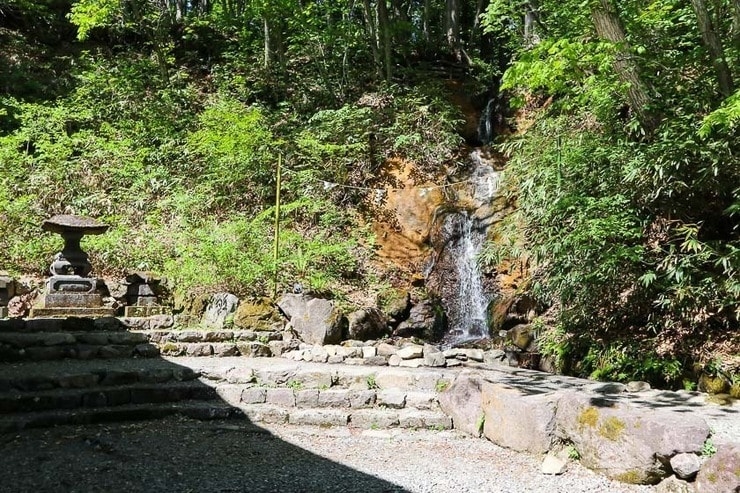
Sacred water flows here
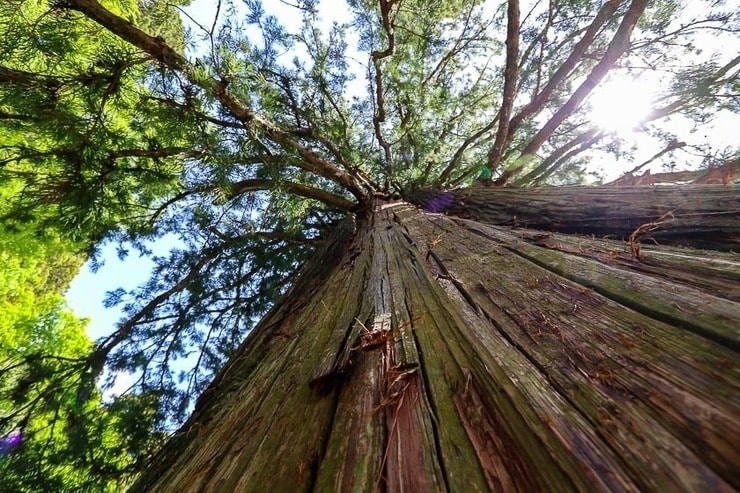
This sacred tree is over 800 years old.

Visitors waiting for the bus
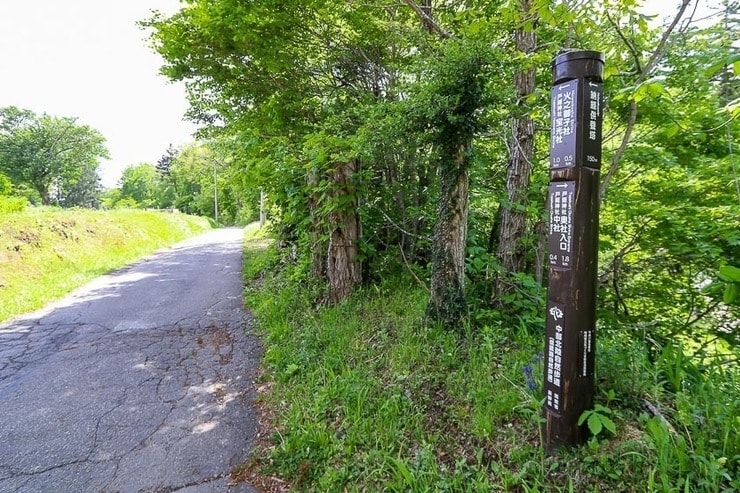
The trail waits for no one
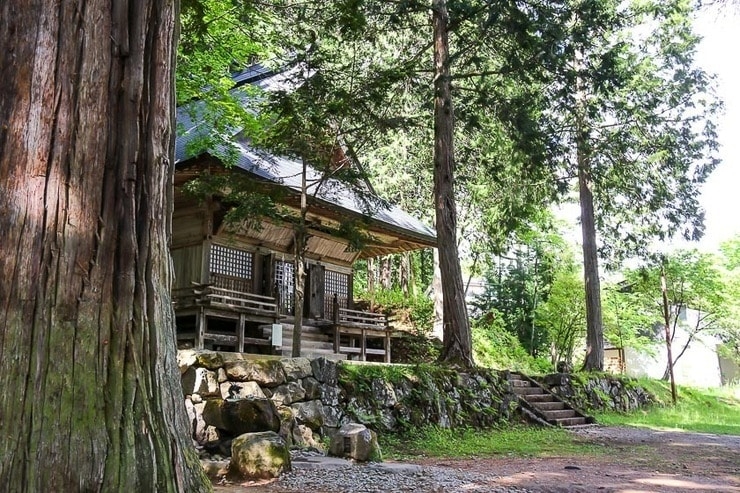
Hinomikosha seemed like the least visited shrine out of the five
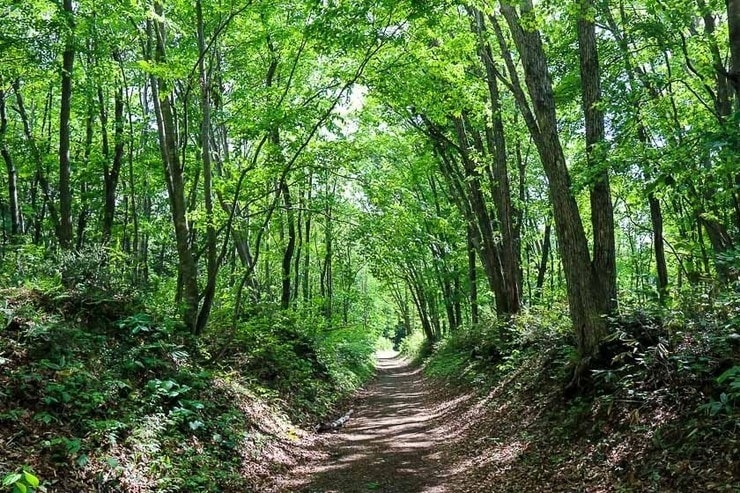
Into the green
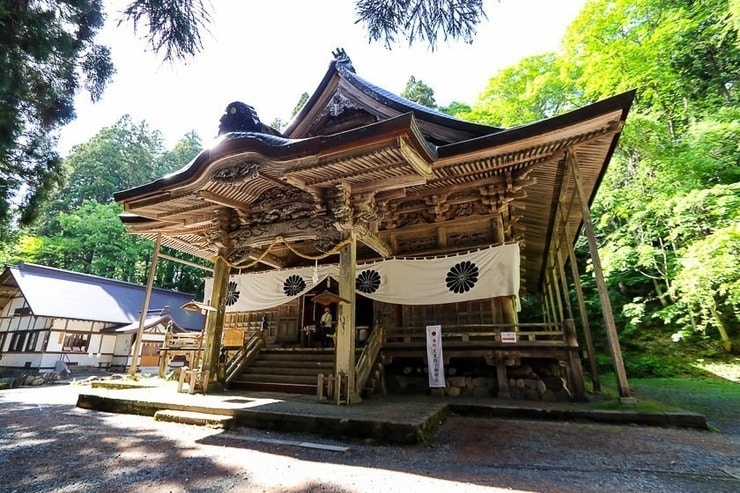
Hokosha in all its carved glory
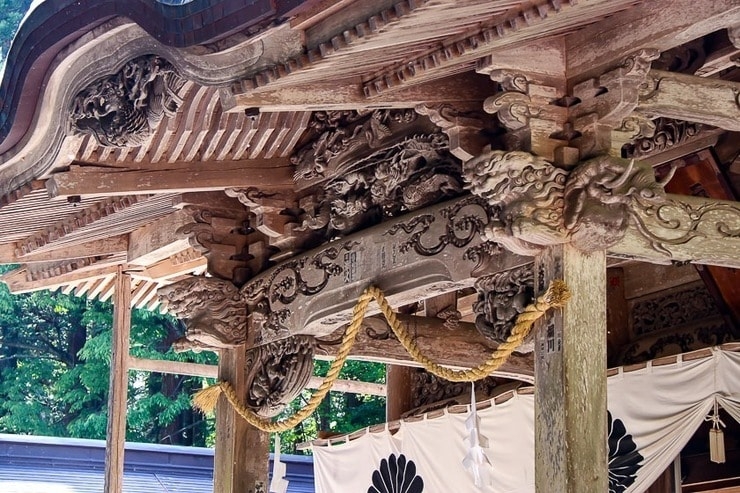
Look at all those carved animals
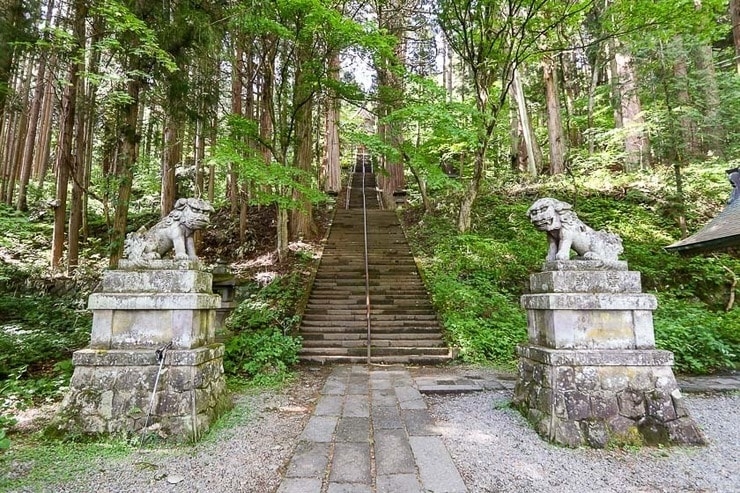
Would not recommend running down these steps when they're wet
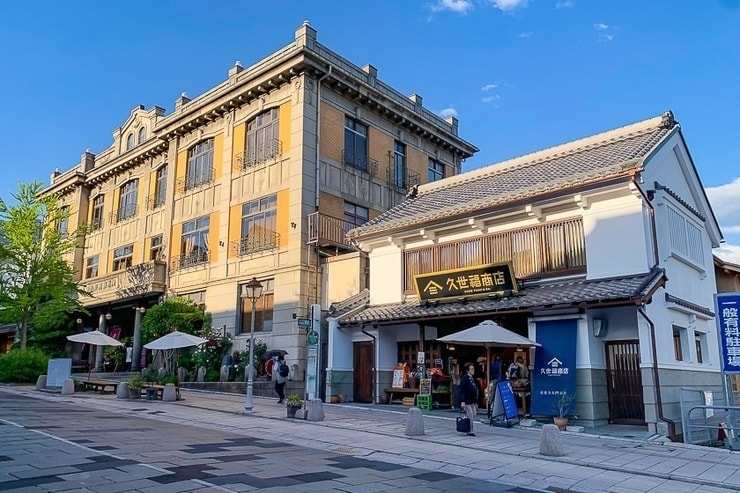
One of Nagano's fanciest and prestigious hotel on the left
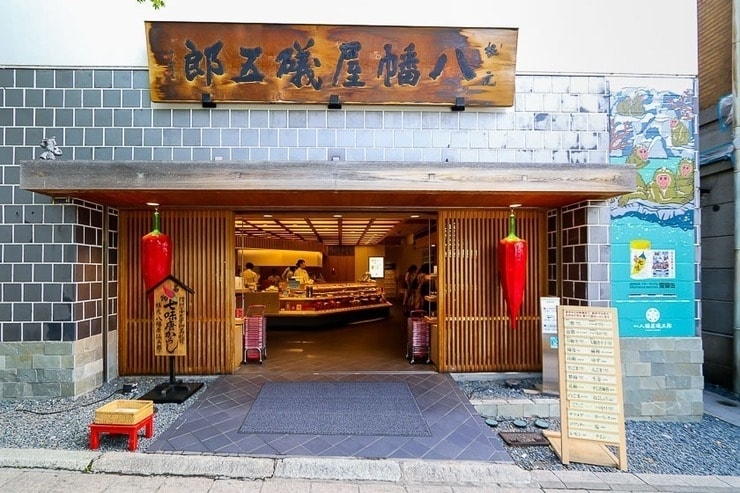
Yawataya Isogoro shichimi pepper store
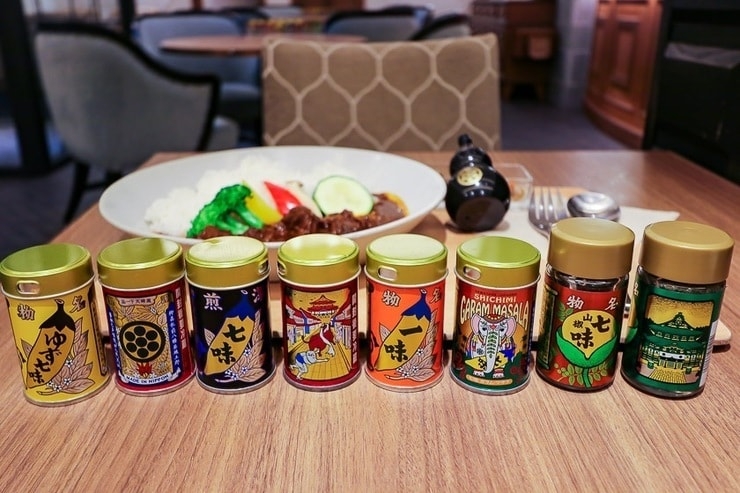
My curry rice set behind the pepper line up
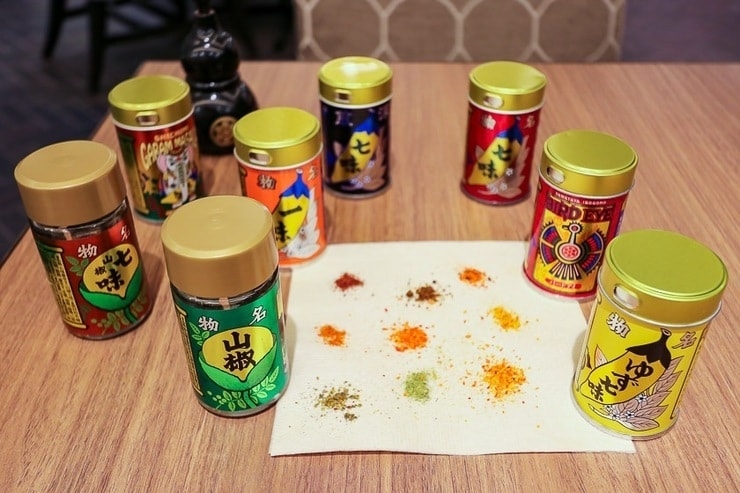
Note to self: do not ever mix all together again unless I want to start a fire

Celebratory drink of local cider from St Cousair (Nagano is one of the largest apple producers in Japan) to end what I thought was a highly successful day out
Day 2
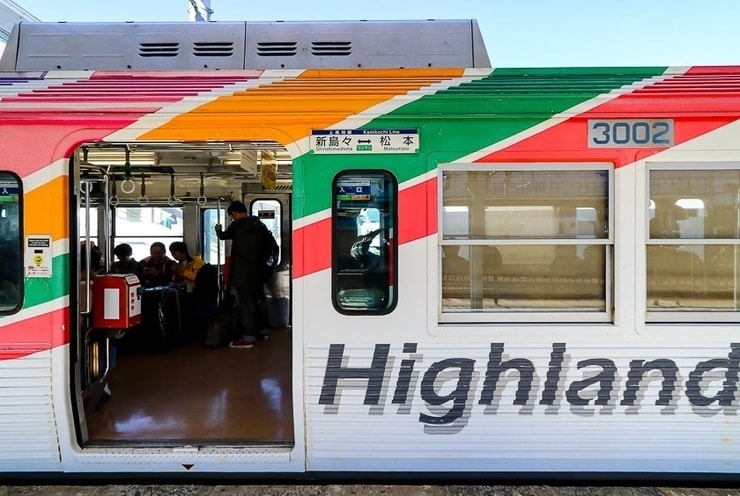
Train to Shin-shimashima

Rice fields and mountain view along the way
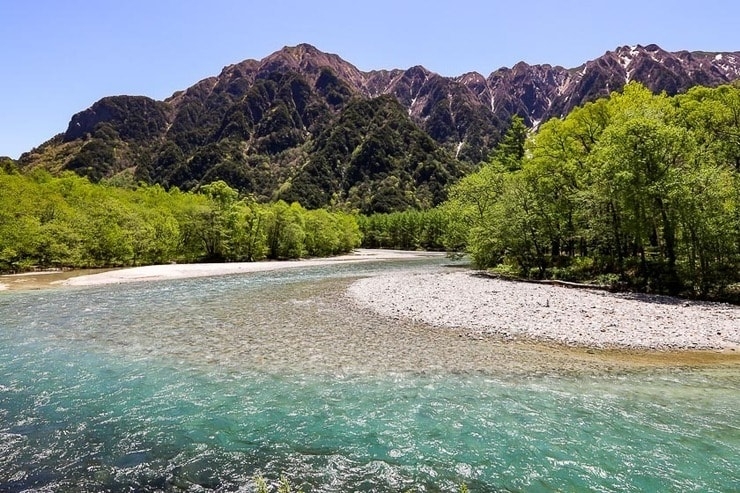
A walk in the national park
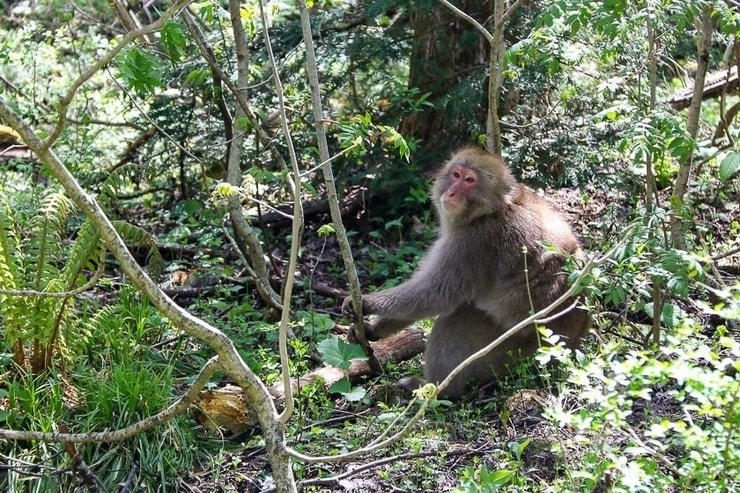
Wildlife spotting
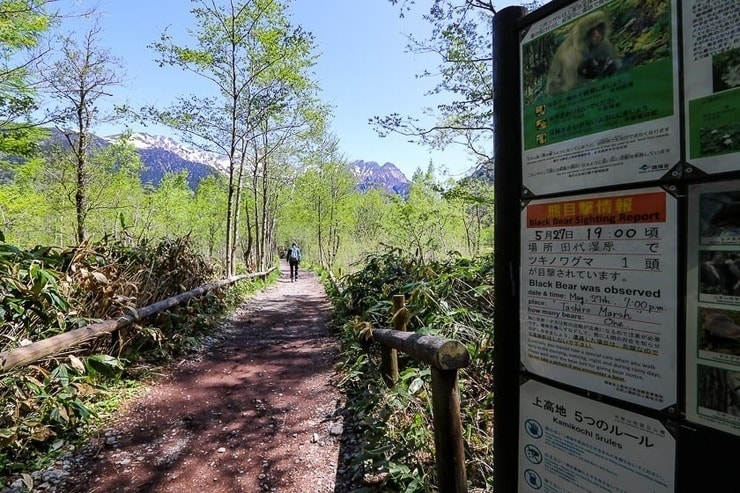
There was a bear in the area
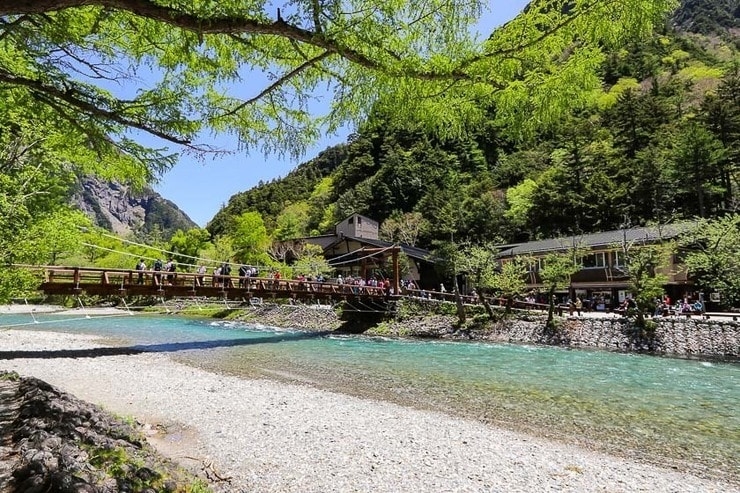
Kappa Bridge

Bet this would look ethereal when it's foggy
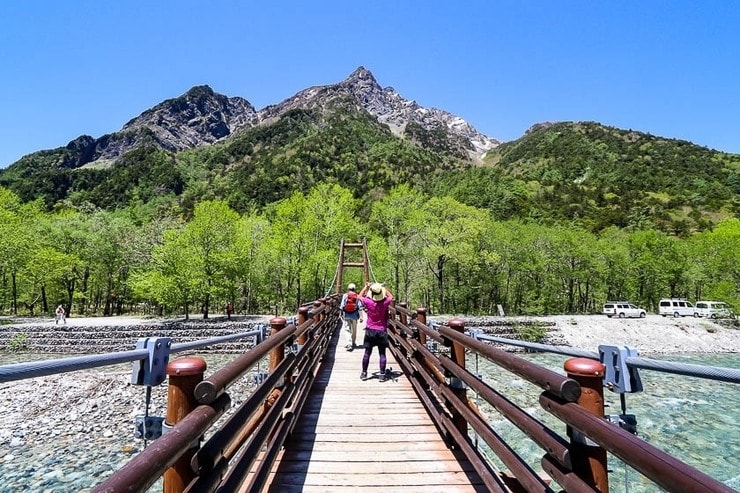
Myojin Bridge and Mt Myojin in the background
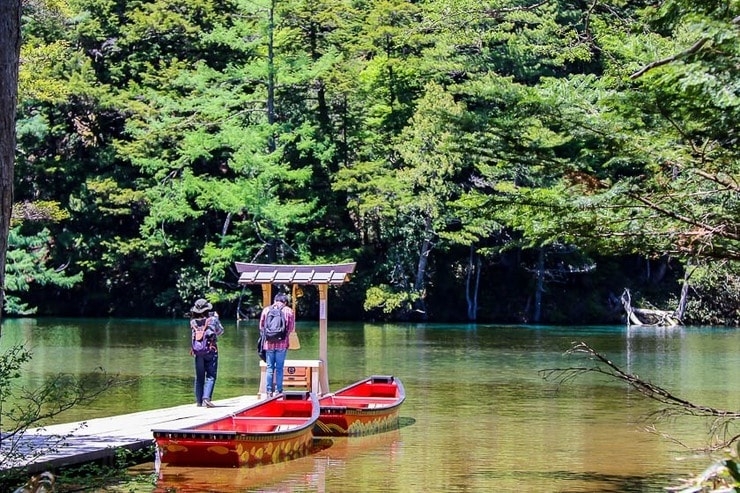
Myojin Pond stands at the base of the Mt. Myojin, and it has been recognised as a spiritual place for centuries
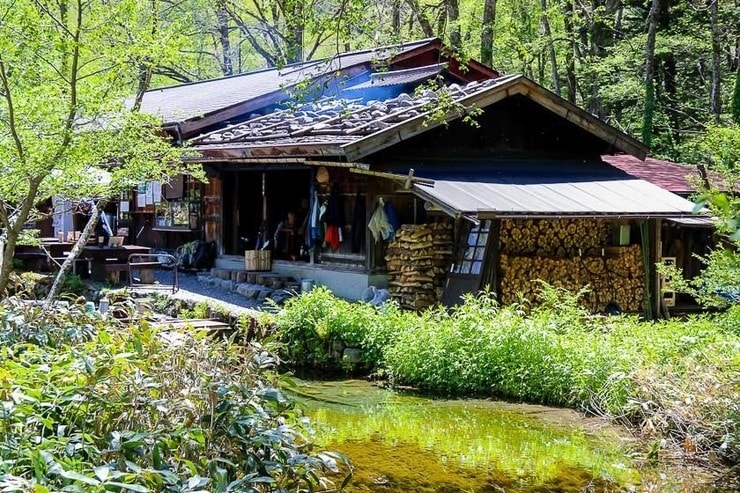
Rest house that offers tea and light refreshments
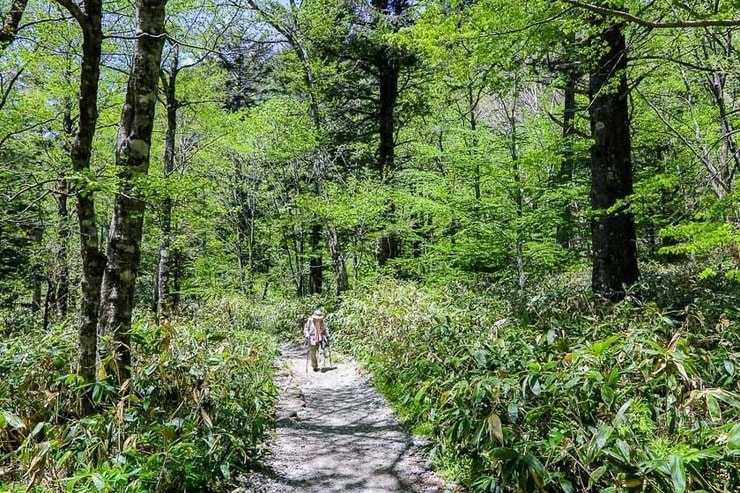
Preview of what Solo Female Travel will be like in 10 years
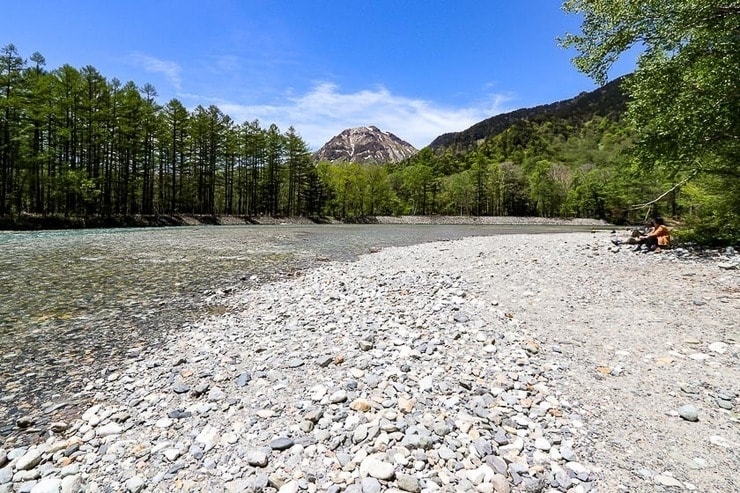
Retirement goals: sitting with you by the river in Kamikochi when the weather's beautiful
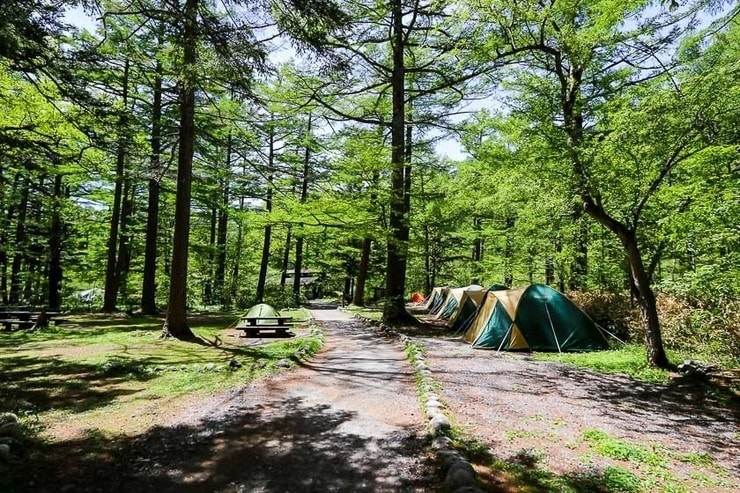
There is also a campground for those on longer hikes
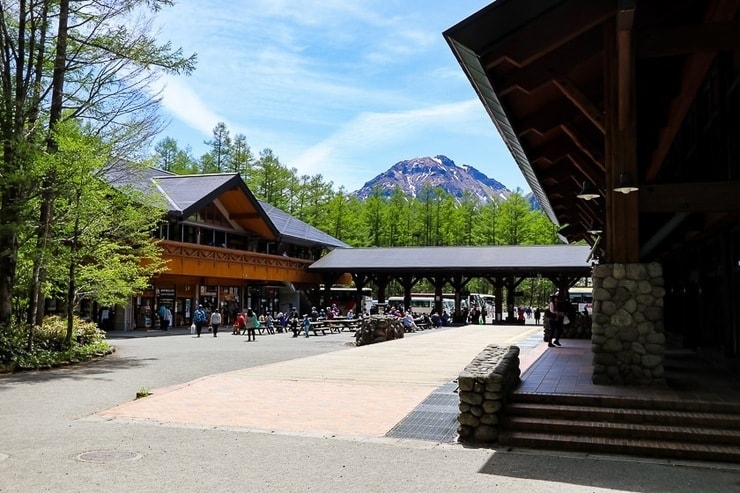
Kamikochi Bus Terminal
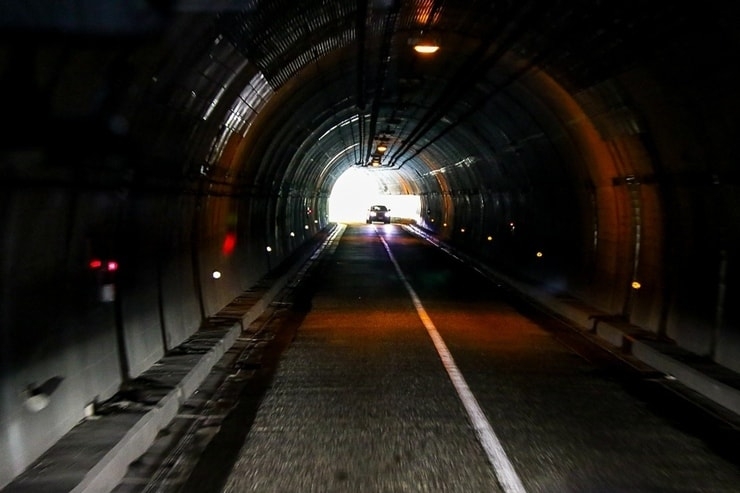
Leandro Erlich's Tunnel artwork in real life
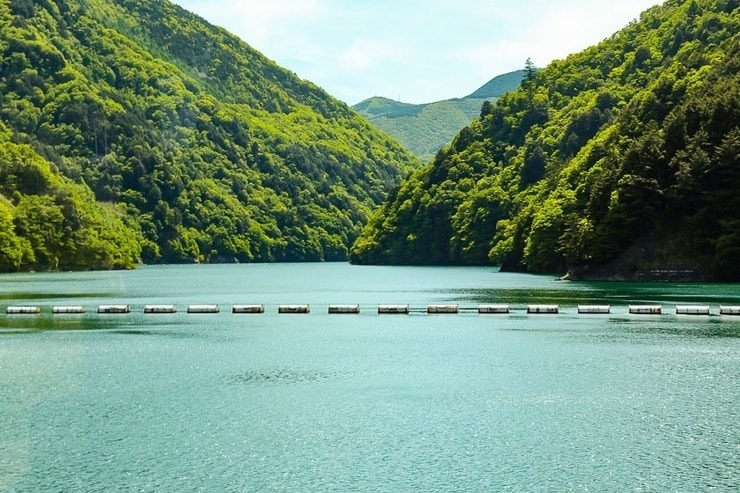
Dam that's nice
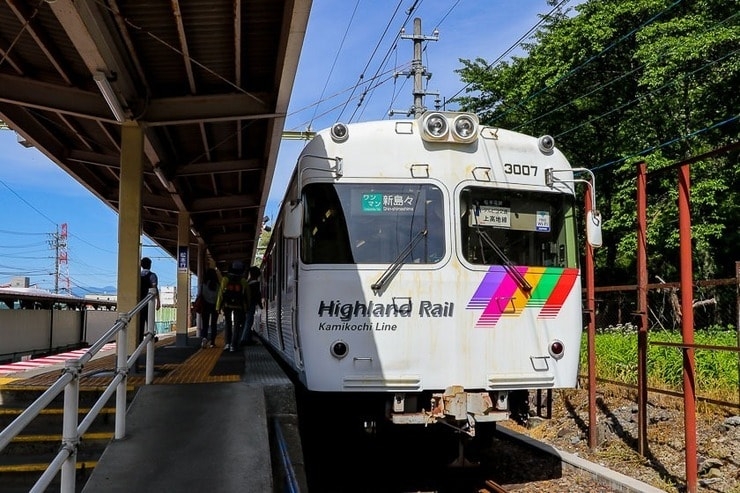
Train back to Matsumoto
Needless to say, the castle did not disappoint, and I had the opportunity to enter one of the twelve remaining original castles and a national treasure in Japan. Inside the wooden structure, there were displays of armour and weapons as well as explanations about the castle history and the different parts of castle architecture. Being an original castle, be aware that the stairs are typically steep, narrow and with low beams in some places.
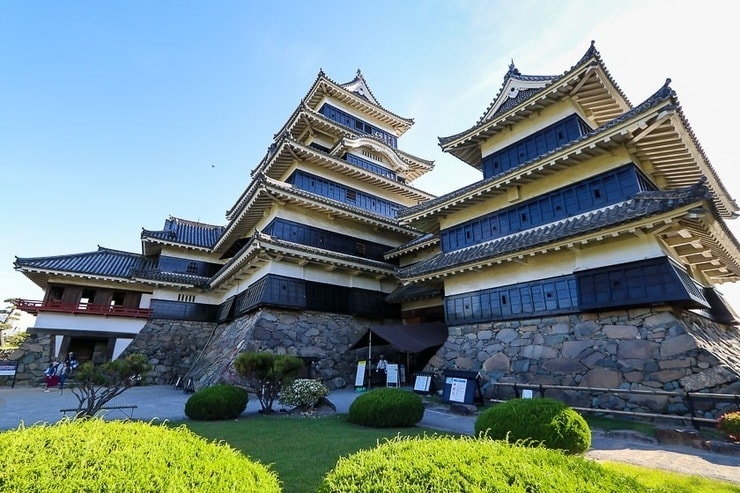
Matsumoto Castle up close with its keeps and turrets
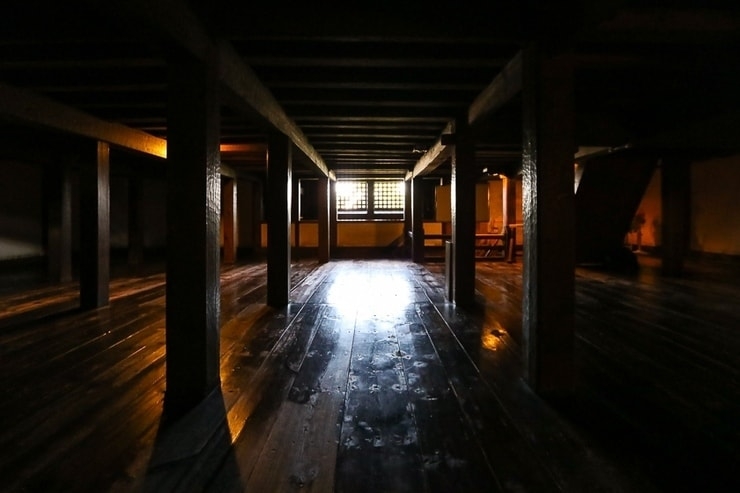
Dark secret floor in the castle which cannot be seen from the outside
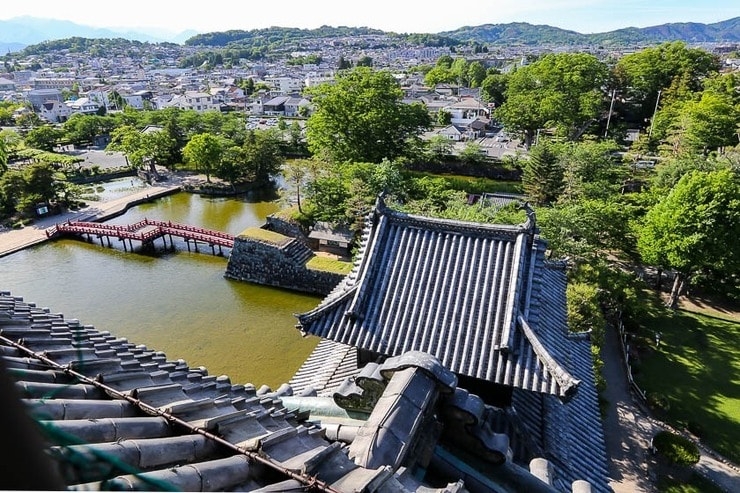
Looking down from the top floor of the castle
Matsumoto Castle is a popular cherry blossom viewing spot in Matsumoto, but unfortunately the sakura season was long over when I was there. However, it was still worth walking around the castle grounds to get different views of the place.
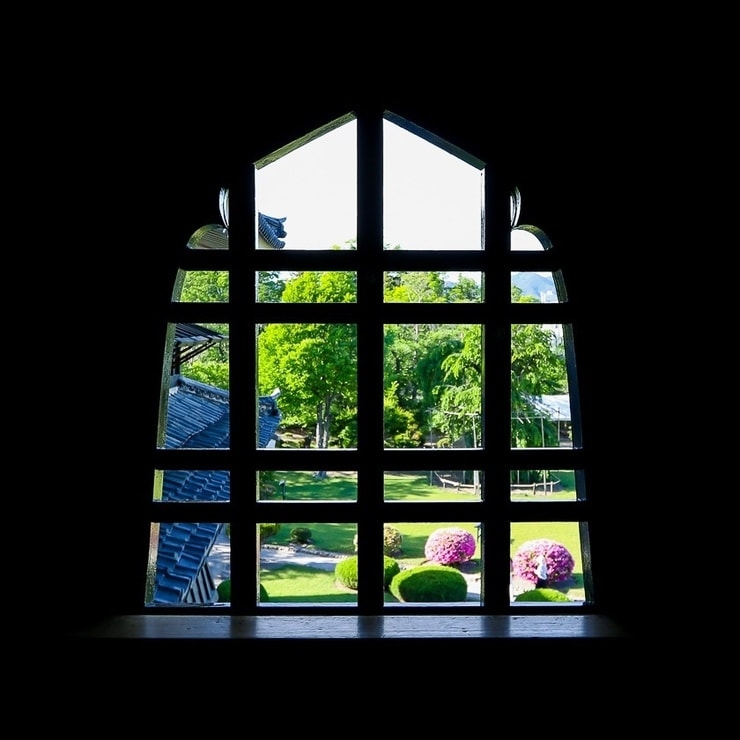
Curved window in the turrent
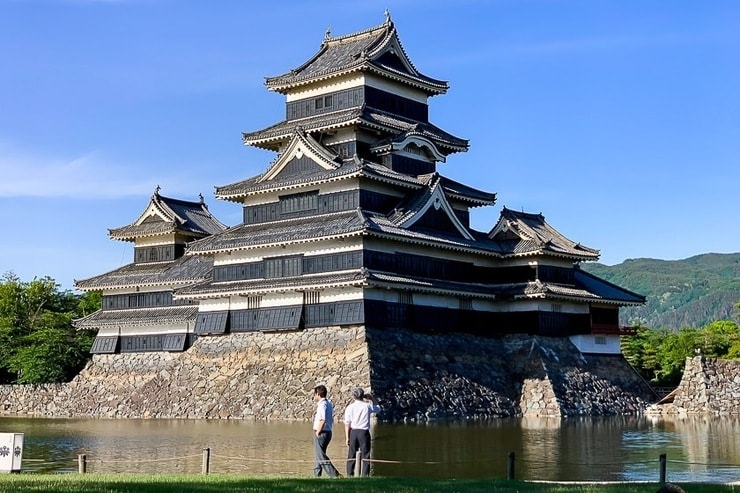
Pretty sure they were spies exchanging intel while pretending to be tourists
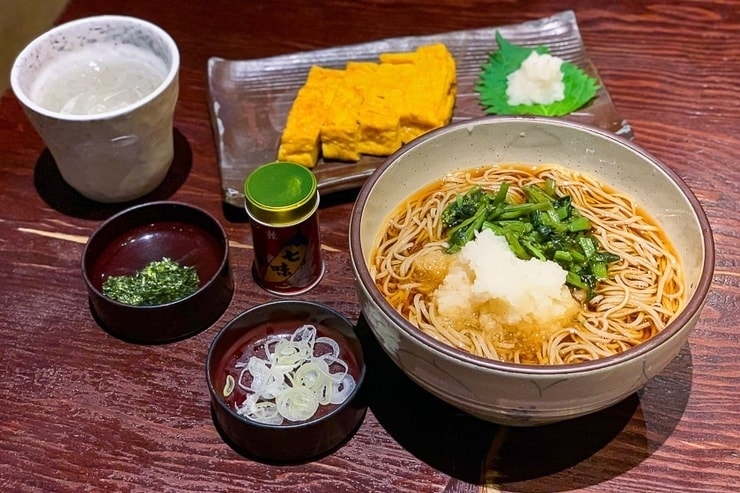
Last meal of soba shochu, soba with shichimi from Nagano, and dashimaki eggroll in Matsumoto
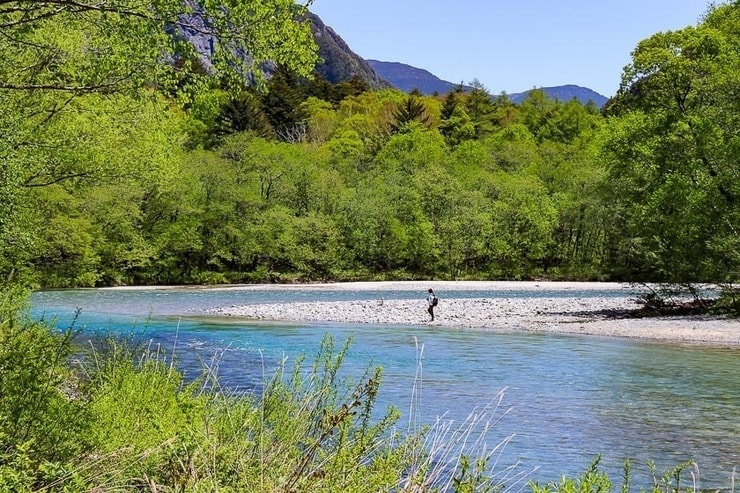
This nature thing can be really cool and scary at the same time
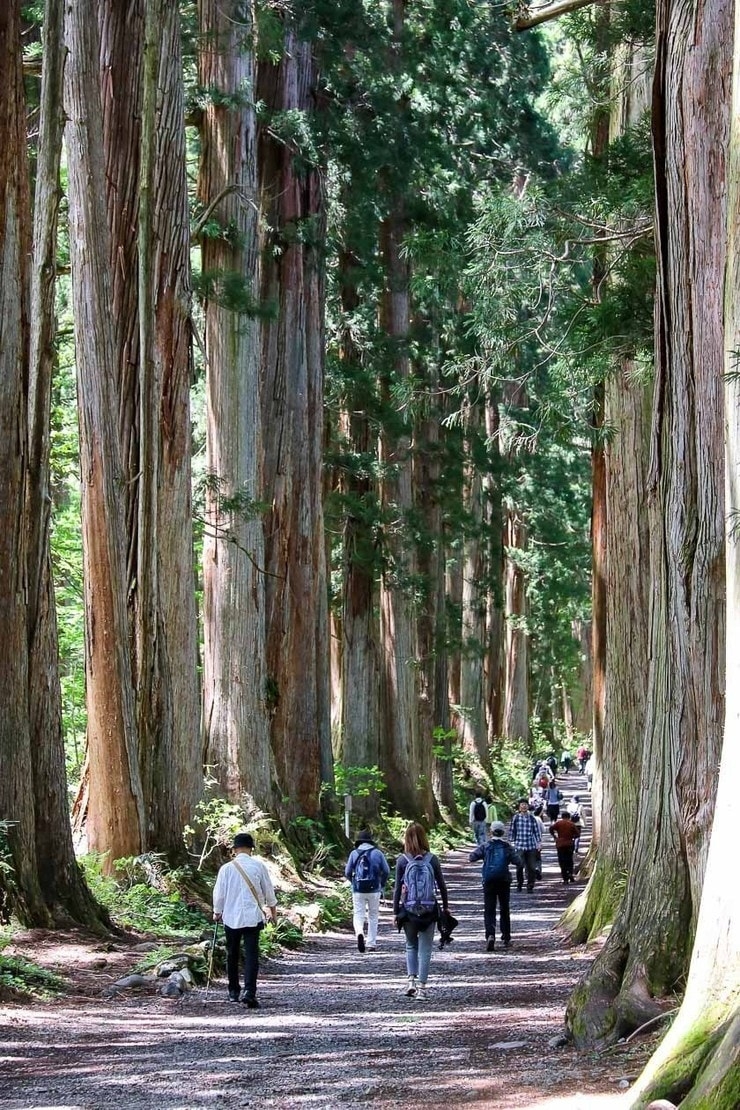
Cedar trees at Togakushi Shrine that tower over everyone
Getting There and Around
Nagano and Togakushi
Nagano Station is a stop on the Hokuriku Shinkansen, and the one way journey from Tokyo takes about 100 minutes and costs around 8000 yen. Zenkoji Temple is about a 30-minute walk from Nagano Station, or a 10-minute walk from Zenkojishita Station on the Nagaden Railway (5 minutes, 170 yen one way from Nagano Station).
Alpico Kotsu operates hourly buses between Nagano Station or Zenkoji Temple (善光寺大門, Zenkoji Daimon) and Togakushi Highland. The one way journey to the topmost shrine, Togakushi Okusha (戸隠奥社) takes about an hour and costs 1350 yen.
Nagano and Matsumoto
Take the JR Shinanoi Line from Nagano Station to Matsumoto Station. The direct train takes about 80 minutes and costs 1140 yen one way. Limited express Wide View Shinano trains shorten the travel time to about 50 minutes and cost around 2500 yen one way.Matsumoto and Kamikochi
Take the Matsumoto Railway from Matsumoto to Shin-shimashima Station (30 minutes), followed by a bus ride to Kamikochi (60 minutes). The one way journey between Matsumoto and Kamikochi costs 2450 yen, and a return ticket that is valid for seven days is available for 4550 yen.Matsumoto Castle can be reached in about a 15-minute walk from Matsumoto Station. Alternatively, take the Town Sneaker Bus (north course) from Matsumoto Station and get off at Matsumoto Castle (松本城, Matsumotojo). The one way bus ride takes about 8 minutes and costs 200 yen.
